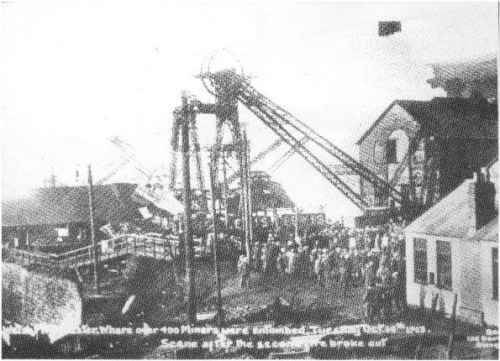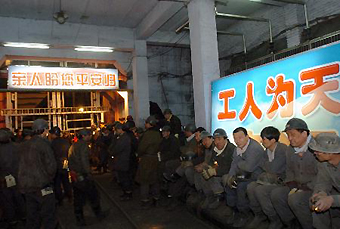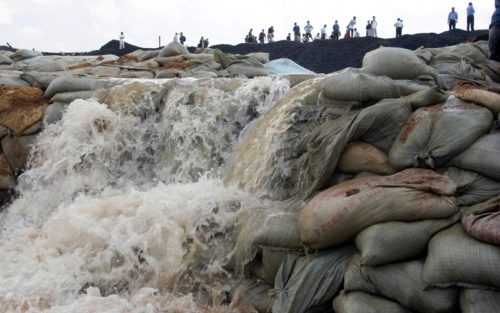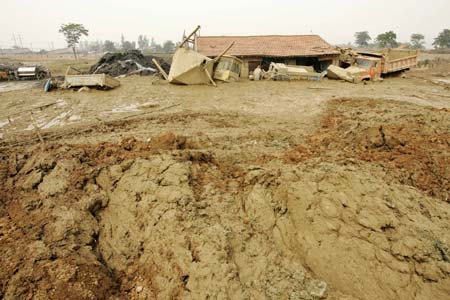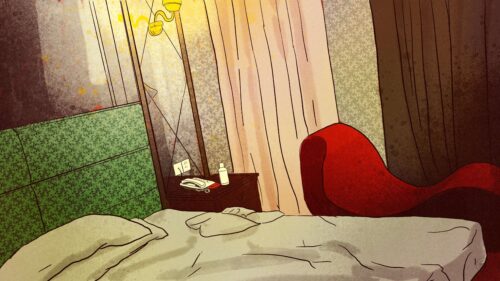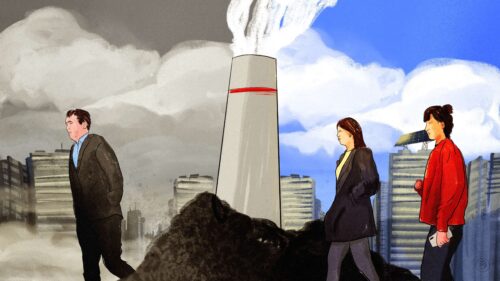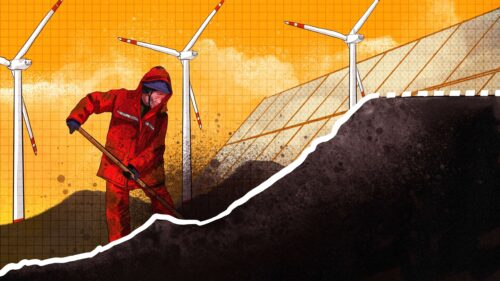China’s worst coal mine disasters
Coal mining is one of the most dangerous jobs in the world, especially in China, where loosely enforced safety laws and substandard equipment make for perilous working conditions.

A cave-in at an open-pit coal mine in Alxa League, Inner Mongolia last Wednesday was the top story in Chinese news for several days, with media highlighting the efforts of rescue workers to free the miners trapped inside. As of the latest report, six died and 47 remained missing.
This was just the latest tragedy in a long line of mining accidents in China. Like mass shootings in the U.S., such disasters occur in China with abnormal frequency — there were 367 mine accidents in China last year, according to industry database Coal Mine Safety Network, which reported 518 deaths (compared to 29 deaths in the U.S. over the same period).
China news, weekly.
Sign up for The China Project’s weekly newsletter, our free roundup of the most important China stories.
Despite the government ordering improved safety standards — and achieving a marked drop in the country’s annual death toll (it was over 6,000 in 2004) — this latest accident shows how China’s privately-run mines still cut corners, ensuring that China’s mines will remain among the deadliest in the world.
But the Alxa mine collapse doesn’t even come close to being the worst mining accident in Chinese history. Have a look:
Benxihu
April 26, 1942
Believed to be the worst coal mine disaster ever, an explosion at the Běnxīhú 本溪湖 mine in Liaoning province killed 1,549 people in 1942. The mine was run by the Japanese, who had occupied the area, along with the rest of the puppet state of Manchukuo, using prisoners of war or poorly-paid Chinese locals as their miners. Eyewitness interviews suggest squalid working conditions, with brutal punishments regularly doled out by Japanese superintendents.
On April 26, 1942, a gas build-up in one of the shafts exploded, igniting a build-up of coal dust. Eyewitness Shang Baode remembered being thrown to the ground at the mine entrance, waking up to find “black smoke and fire erupting from the mouth of the shaft.” It took 10 days to bring all the bodies to the surface — the official Japanese death toll at the time insisted only 34 had died.
It is possible the real death toll was exacerbated by the closure of the ventilation system — some veterans claiming the Japanese deliberately did this to protect the mining equipment and minerals — resulting in many of the miners dying of carbon monoxide poisoning.
Laobaidong
May 9, 1960
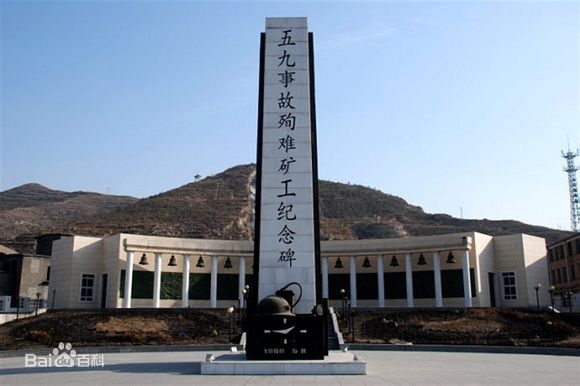
During the Great Leap Forward, Chairman Máo Zédōng 毛泽东 urged the nation to industrialize as fast as possible, producing “more, faster, better, cheaper.” The Lǎobáidòng 老白洞 coal mine in Shanxi province readily obliged. By 1960, it had upped its production by 50% above its recommended safety capacity.
On May 9, during a moment of overcrowding as miners came up and down the shaft during a shift change, a spark ignited methane that had been building up in the tunnels (the ventilation system either inadequate to remove the gas, or unable to cope with the production overload).
A huge explosion rocked the mine, claiming the lives of 684 people. The incident was covered up and left unreported by Chinese media at the time, with the government sitting on the news until the early 1990s.
Sunjiawan
February 14, 2005
Another disaster in Liaoning province, the same tragic story as that of 1960, this time caused by capitalist greed rather than Stakhanovite fanaticism, made worse by it happening over the Chinese New Year holiday.
The Fuxin Mining Group, a private mining company that owned the Sūnjiāwān 孙家湾 coal mine, tried to push production while cutting corners on safety measures. A small earthquake shook the mine, releasing a build-up of gas that was not properly ventilated, eventually exploding. Smoke was seen pouring out of the shaft opening at 3:05 in the afternoon. A subsequent review found a string of safety violations had indirectly caused the tragedy, which left at least 214 people dead.
Xintai
August 17, 2007
Heavy rainfall burst a levee in the river Wen, above the Xīntài 新泰 mine in Shandong province, flooding the mine below with 12 million cubic meters of water. State-run newspapers claimed the private mine owners had ignored repeated phone calls from the local government safety bureaus warning of the heavy rainfall. While other mines in the area ceased production for safety, Xintai had carried on trucking.
AP reported miner Wang Kuitao witnessing the water rushing so quickly into the shaft that it swept people away. “The sound was so great you couldn’t hear what anyone was saying,” he said at a government-arranged press conference.
Despite pumps working around the clock to rescue the trapped miners, experts unofficially stated it would take over 100 days to drain all the water. Local government took measures to isolate furious and grieving family members — some trashing the company’s offices in protest — while the central government admitted the disaster was “completely avoidable,” and ordered local authorities to conduct sweeping safety check-ups.
None of the 181 trapped miners were found.
Tashan
September 8, 2008
Just over a year later, it happened all over again.
In an awful echo of the UK’s 1966 Aberfan disaster, the entire village of Yunhe in Xiangfen county, Shanxi province was buried under 20 feet of mud on September 8, 2008, after heavy rain loosened an overloaded slag heap above the settlement.
The decommissioned slag heap, created in the 1980s by the Tǎshān 塔山 Mining Company and put back in use in 2005, towered 50 meters above the village, and was only 100 meters away from the nearest building. State media put the death toll at 277 people.
The incident resulted in prison sentences for some local officials, who were aware of the mine’s illegal operations (the mine’s license had expired the year before) but did nothing to intervene.

These are just five in a sad chain of such disasters, which all have the same pattern: mines pushing production beyond safe limits; loosely enforced safety laws; substandard equipment or working conditions; local and central politicians promising more stringent health and safety laws, only for it to happen again in a different area but for the same reasons. Last year, the government banned the creation of new small mines, but as long as China’s craving for coal continues — and private mines continue to operate — it is unlikely the tragedy in Inner Mongolia last week will change anything.
